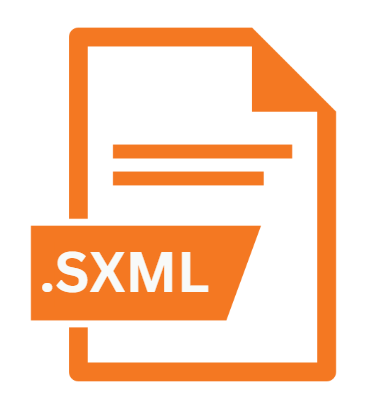.SXML File Extension

Sealed XML File
| Developer | Oracle |
| Popularity | |
| Category | Encoded Files |
| Format | .SXML |
| Cross Platform | Update Soon |
What is an SXML file?
SXML, or Sealed XML, files represent a specialized form of XML (eXtensible Markup Language) files. XML, known for its versatility in structuring and storing data, serves as a cornerstone in various domains, including web development, data interchange, and configuration files.
SXML files, introduce an additional layer of security and integrity, making them suitable for applications where data confidentiality is paramount.
More Information.
The development of SXML files can be traced back to the early 2000s, coinciding with the growing concerns surrounding data security and privacy.
Various organizations and standards bodies collaborated to devise a solution that could address these challenges without compromising the flexibility and interoperability offered by XML.
The result was the emergence of the SXML file format, designed to provide a secure enclave for XML data, thereby mitigating risks associated with unauthorized access and data manipulation.
The primary purpose of SXML files is to serve as a secure container for XML data, employing encryption, digital signatures, and access control mechanisms to safeguard against threats such as eavesdropping, tampering, and unauthorized disclosure.
By encapsulating XML documents within a sealed envelope, SXML files ensure that sensitive information remains confidential and unaltered throughout its lifecycle.
Origin Of This File.
The concept of SXML files originated from the necessity to secure XML data in transit and at rest. With the proliferation of sensitive information being exchanged over networks, traditional XML files lacked robust mechanisms to safeguard against unauthorized access or tampering.
Thus, the need arose for a standardized format that could encapsulate XML data within a sealed container, ensuring its integrity and confidentiality.
File Structure Technical Specification.
SXML file adheres to the XML standard, employing tags, attributes, and nested elements to structure data in a hierarchical format.
Unlike traditional XML files, SXML files incorporate additional metadata and cryptographic constructs to enforce security policies and access controls.
The structure of an SXML file typically consists of the following components:
- Header: Contains metadata such as encryption algorithms, key identifiers, and digital signatures.
- Encrypted Payload: The encrypted portion of the file, encapsulating the original XML data.
- Digital Signature: Provides integrity verification by cryptographically signing the file contents.
- Access Control: Specifies permissions and restrictions governing access to the enclosed data.
Technical specifications for SXML files vary depending on the implementation and standards compliance. Common encryption algorithms include AES (Advanced Encryption Standard) and RSA (Rivest-Shamir-Adleman), while digital signatures may utilize algorithms such as RSA, DSA (Digital Signature Algorithm), or ECDSA (Elliptic Curve Digital Signature Algorithm).
How to Convert the File?
Converting an SXML file to other formats or vice versa typically involves decrypting the encrypted payload and extracting the underlying XML data.
Conversion tools and libraries capable of handling SXML encryption and decryption are available for various programming languages and platforms.
To convert an SXML file:
- Decrypt the Payload: Use cryptographic libraries or specialized tools to decrypt the encrypted portion of the SXML file.
- Extract XML Data: Once decrypted, extract the XML data from the SXML file.
- Optional: Re-encrypt or Convert: Depending on the desired output format, re-encrypt the data or convert it to the desired format (e.g., plain XML).
Advantages And Disadvantages.
Advantages:
- Enhanced Security: By encrypting the XML payload and enforcing access controls, SXML files mitigate the risk of unauthorized access and data breaches.
- Data Integrity: Digital signatures provide assurance that the file has not been tampered with during transit or storage.
- Compliance: SXML files facilitate compliance with regulatory requirements and industry standards pertaining to data security and privacy.
Disadvantages:
- Complexity: Implementing and managing SXML encryption and access control mechanisms can be complex and resource-intensive.
- Interoperability: Compatibility issues may arise when exchanging SXML files with systems that do not support the format or lack the necessary decryption keys.
- Performance Overhead: Encryption and decryption operations incur computational overhead, potentially impacting system performance.
How to Open SXML?
Open In Windows
- Utilize software applications or libraries with SXML decryption capabilities.
- Ensure that appropriate decryption keys are available if the file is encrypted.
Open In Linux
- Leverage command-line tools or programming libraries supporting SXML decryption.
- Install necessary dependencies and cryptographic libraries for decryption operations.
Open In MAC
- Explore third-party utilities or programming libraries compatible with SXML file decryption.
- Verify compatibility with the macOS version and file encryption settings.













